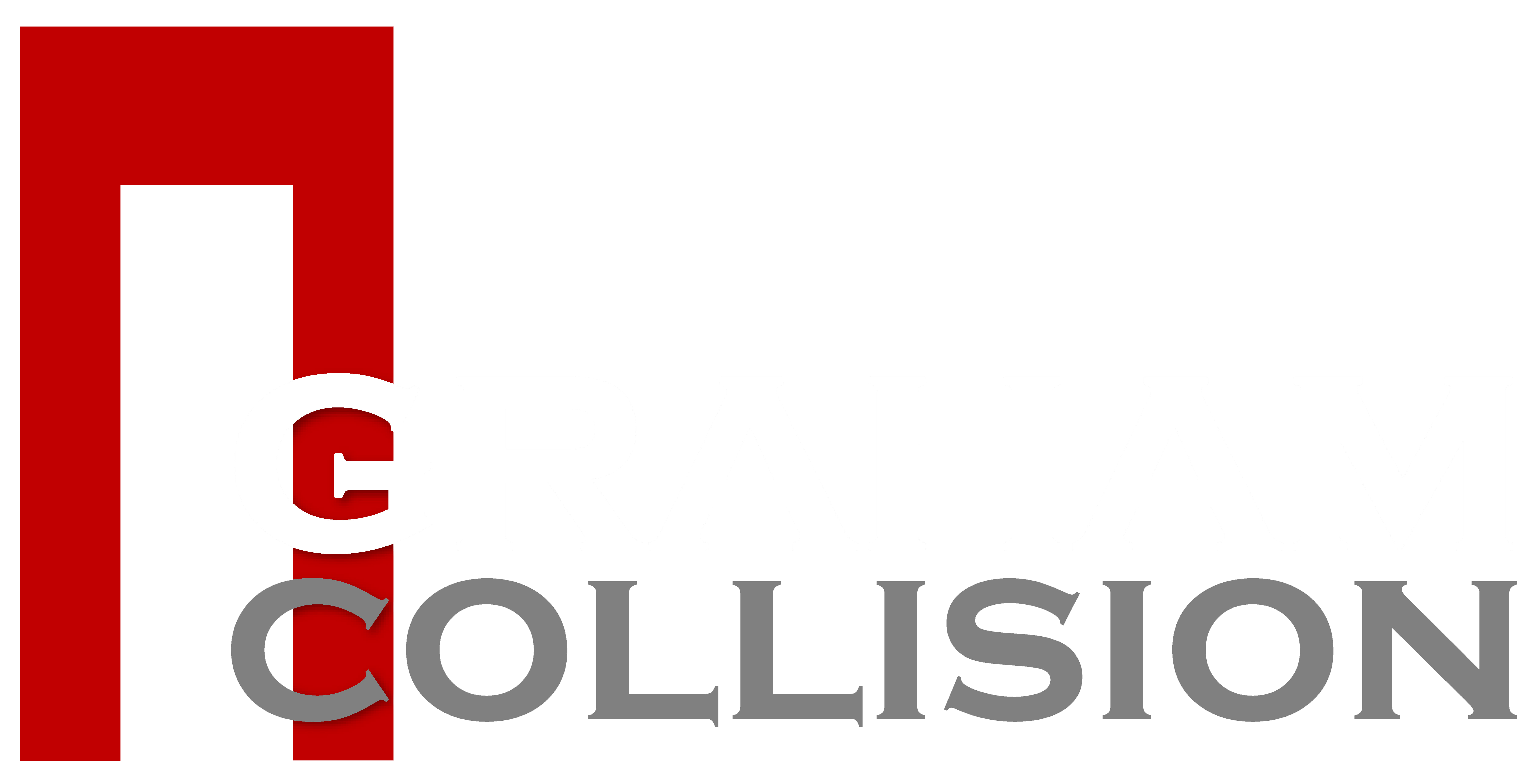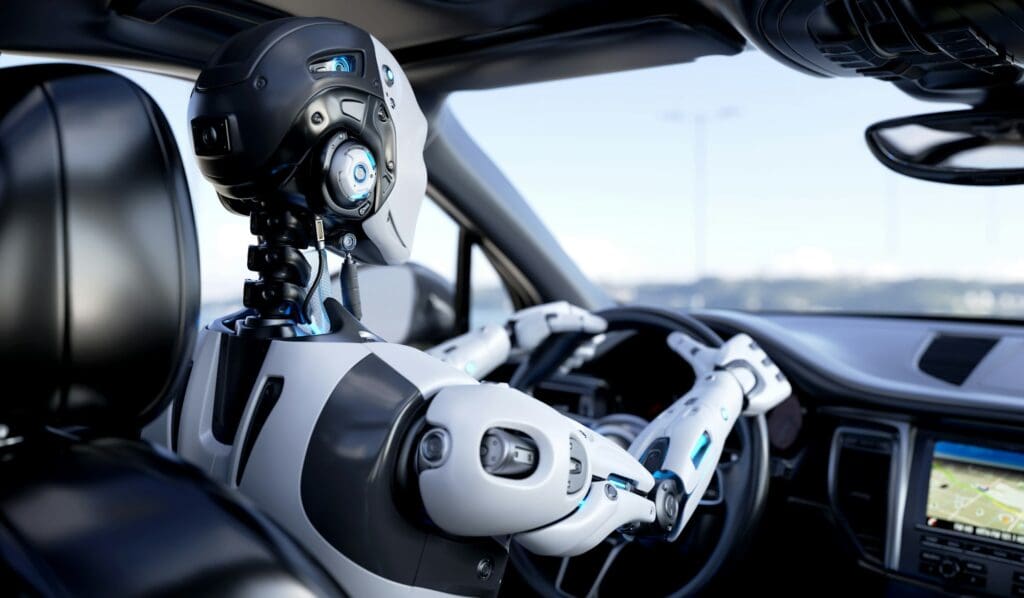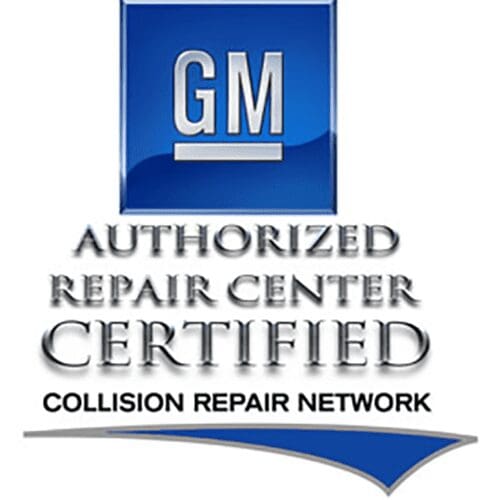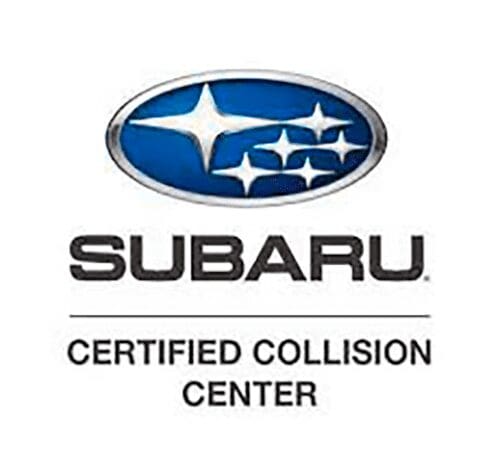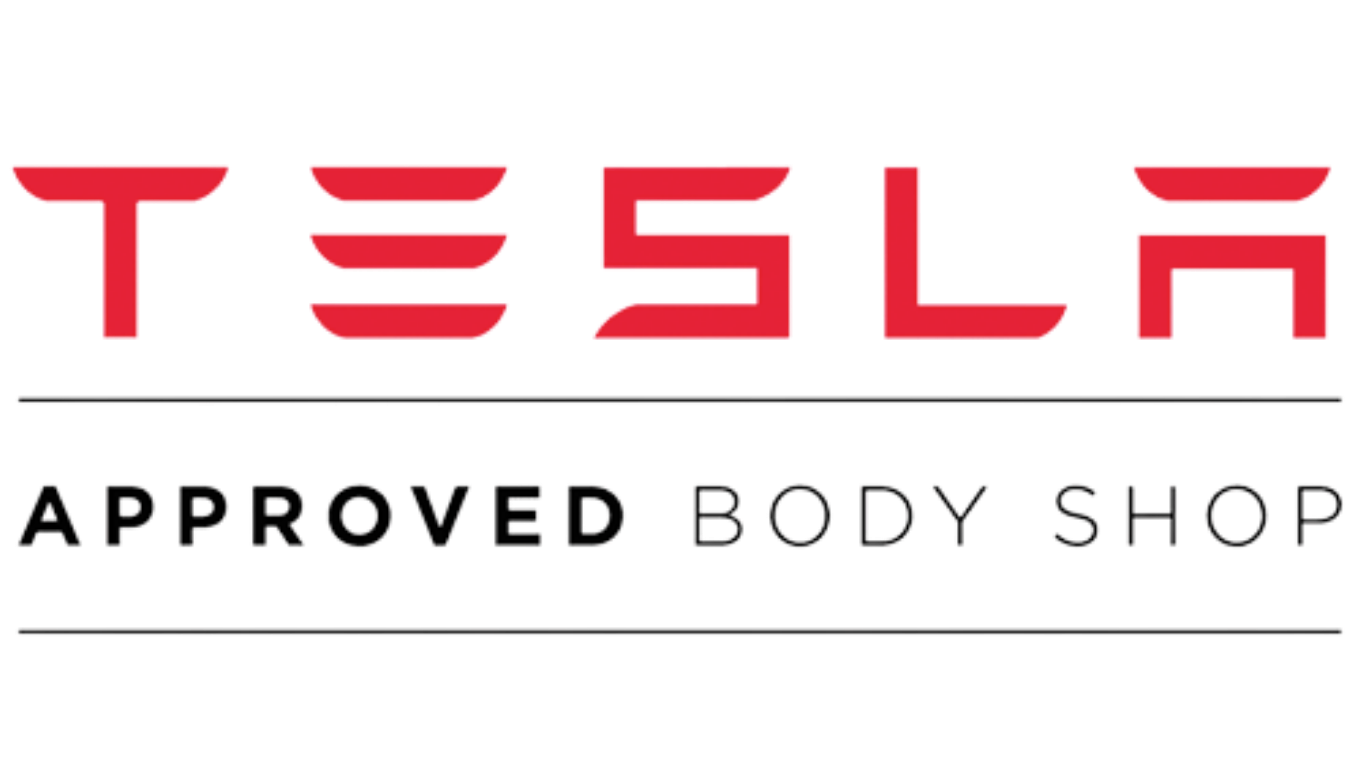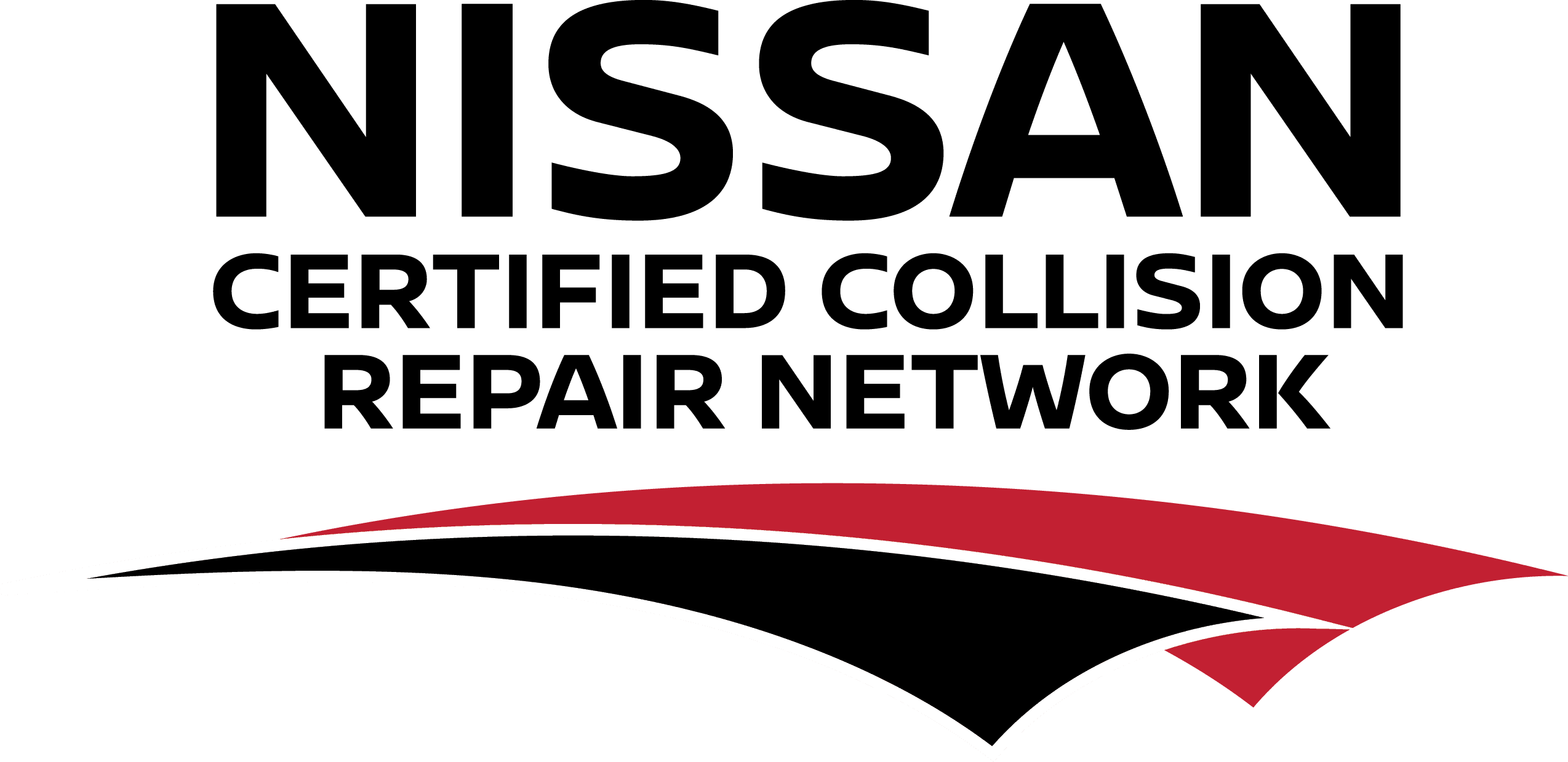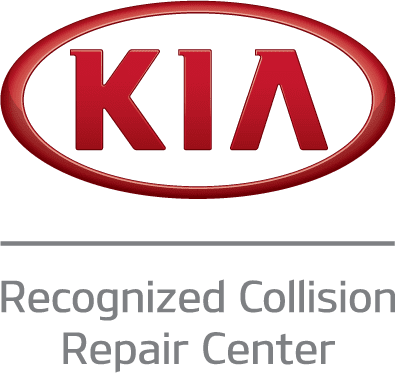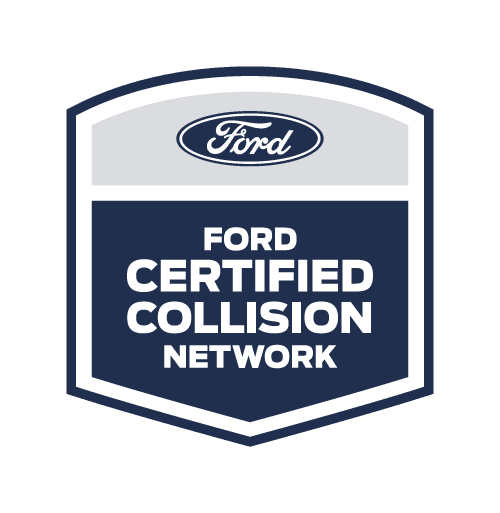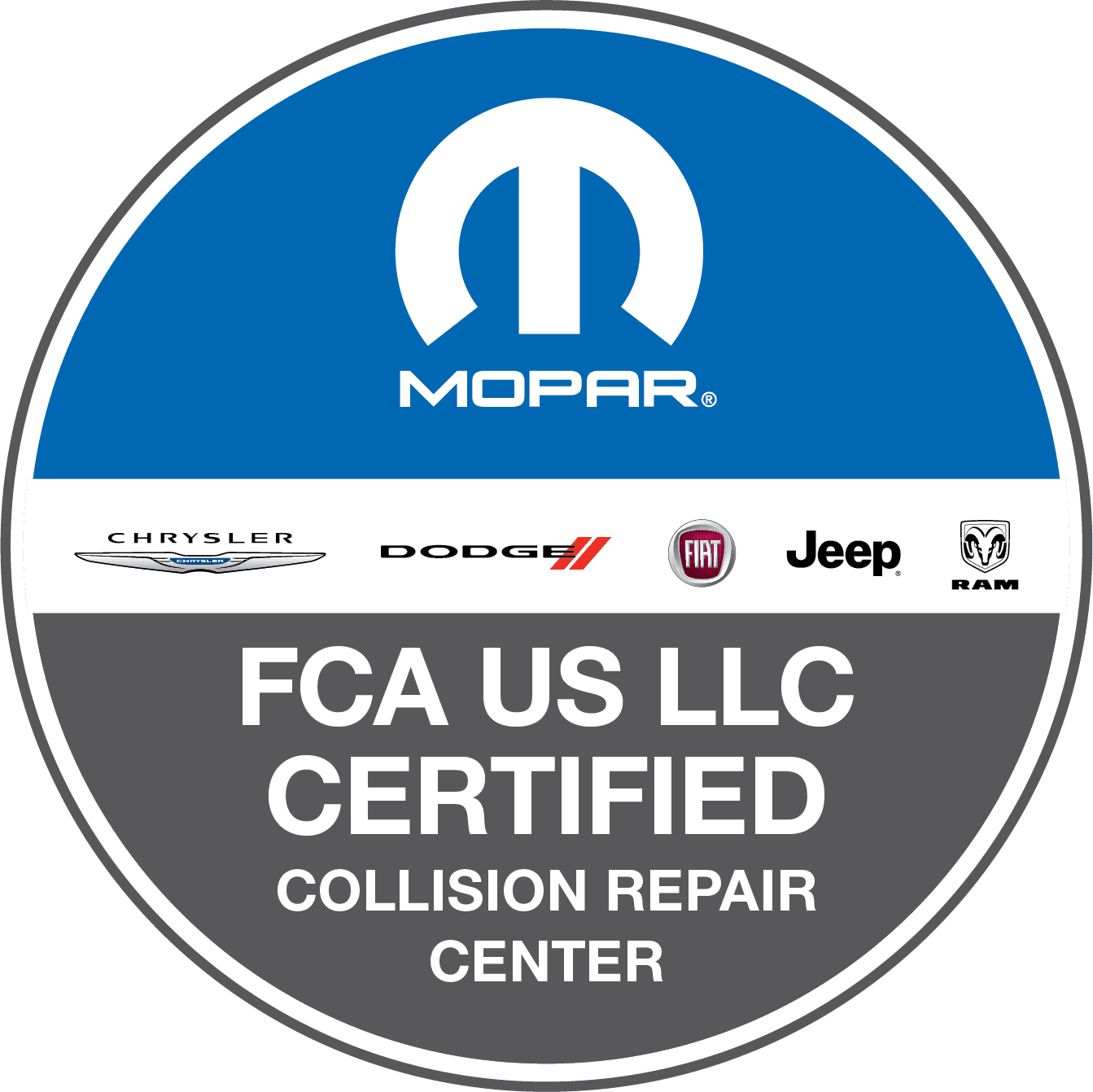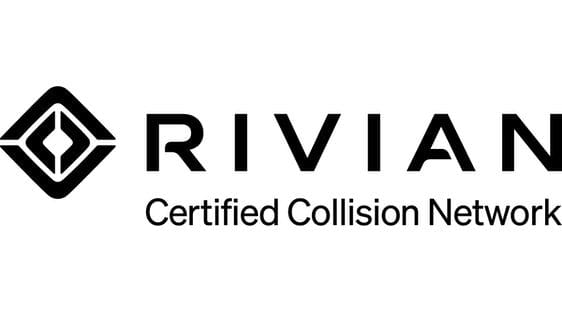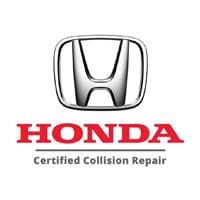The automotive industry is on the brink of a transformative shift, particularly in the collision repair sector. As we look to 2025 and beyond, it’s crucial to understand the latest trends and technological advancements shaping the future of collision repair. This article delves into emerging technologies, the impact of electric vehicles (EVs), and the evolving role of customer experience within repair shops. We will also examine the challenges confronting the industry as we approach 2030, highlighting the need for skilled technicians and robust training programs to sustain growth in the automotive collision repair landscape.
What are the Latest Trends in the Collision Repair Industry for 2025?
How Technology is Changing the Automotive Repair Landscape
As we step into 2025, the collision repair industry is witnessing a significant technological evolution. Advanced Driver-Assistance Systems (ADAS) are becoming increasingly prevalent in new cars, necessitating specialized repair techniques and equipment in collision repair shops. This trend emphasizes the need for technicians to stay ahead of the curve by undergoing rigorous training programs that focus on the nuanced aspects of ADAS technology. Moreover, the integration of CCC Intelligent Solutions and other software platforms is streamlining the repair process, allowing repairers to easily track parts availability and optimize labor costs. Consequently, the automotive collision repair landscape is becoming more efficient, reducing repair times and costs for both repair shops and customers.
Emerging Trends in Body Repair Techniques
In response to the changing dynamics of vehicle manufacturing, emerging trends in body repair techniques are also shaping the collision repair industry. Innovations such as aluminum body repair and advanced welding techniques are gaining traction due to the increasing use of lightweight materials in vehicles to enhance fuel efficiency. Repair shops must adapt to these changes by investing in new tools and training to ensure that their technicians are proficient in these advanced body repair methods. Furthermore, the use of 3D printing technology is making waves in the industry, as it allows for the rapid production of replacement parts, reducing lead times and minimizing repair costs for collision repair businesses.
Impact of Electric Vehicles on Collision Repairs
The rise of electric vehicles (EVs) is dramatically impacting the collision repair sector. As EVs become more common, collision centers must update their repair protocols to accommodate the unique components and systems found in electric vehicles. This shift not only requires specialized training for technicians but also necessitates the implementation of new safety protocols due to the high-voltage batteries and unique materials used in EV construction. Repair shops are now challenged to invest in the necessary tools and equipment to service these vehicles effectively, marking a significant evolution in the automotive repair market. With the growing popularity of EVs, the collision repair industry will need to evolve rapidly to keep pace with these changes.
How Will Augmented Reality Enhance the Collision Repair Process?
Benefits of Augmented Reality in Repair Training
Augmented reality (AR) is set to revolutionize training programs within the collision repair industry. By utilizing AR technology, repair shops can provide technicians with immersive training experiences that simulate real-world repair scenarios. This hands-on approach enhances learning retention and allows technicians to practice complex body repair techniques in a risk-free environment. As a result, the automotive collision repair sector benefits from a more skilled workforce capable of tackling the challenges posed by modern vehicles. Training programs incorporating AR are not only more effective but also help streamline the onboarding process for new technicians, enabling them to contribute to the repair process more efficiently.
Applications of Augmented Reality in Vehicle Repair
The application of augmented reality in vehicle repair extends beyond training. Technicians can use AR tools to visualize the vehicle’s internal components, making it easier to diagnose issues and determine the best course of action during the repair process. This technology can overlay digital information onto the physical vehicle, guiding repairers step-by-step through complex procedures. Such enhancements lead to greater accuracy in repairs, ultimately reducing the likelihood of errors that could result in increased repair costs and customer dissatisfaction. As AR technology continues to develop, its integration into collision repair shops will likely become a standard practice.
Real-world Examples of AR in Collision Repair
Several collision repair shops have already begun implementing augmented reality solutions, demonstrating the practical benefits of this technology. For instance, some body shops are using AR headsets that allow technicians to see digital overlays of schematics while working on vehicles. This innovation not only accelerates the repair process but also enhances the overall quality of the work. Furthermore, industry leaders have reported a significant reduction in rework rates, as AR assists technicians in maintaining precision throughout the repair process. As more collision repair businesses adopt AR solutions, we can expect to see a marked improvement in operational efficiency and repair quality across the automotive repair industry.
What Role Do Automated Systems Play in Streamlining Repair Operations?
Advantages of Automation in Collision Repairs
Automation is rapidly becoming a cornerstone of the collision repair industry, offering numerous advantages that streamline repair operations. Automated systems, such as diagnostic tools and inventory management software, are enhancing the efficiency of repair shops by minimizing manual tasks. These systems can quickly assess vehicle damage, recommend repair techniques, and manage parts inventory, allowing technicians to focus on hands-on repairs rather than administrative tasks. The integration of automation into collision centers not only improves workflow but also reduces repair times and costs, benefiting both the repairer and the customer.
Challenges in Implementing Automated Systems in Repair Shops
Despite the clear advantages of automation, repair shops face challenges in implementing these systems. The initial investment in automated technology can be substantial, posing a barrier for smaller collision repair businesses. Additionally, there is often a learning curve associated with new technologies, requiring additional training for technicians to maximize the potential of automated systems. Repair shops must also navigate the complexities of integrating these systems with existing workflows, ensuring that the transition does not disrupt daily operations. Overcoming these challenges is crucial for the automotive collision repair sector to fully realize the benefits of automation.
Future Prospects for Automation in the Automotive Repair Industry
The future of automation in the automotive repair industry looks promising as advancements continue to emerge. As technology evolves, we can expect to see further integration of automated systems within collision repair shops, enhancing efficiency and accuracy in the repair process. The ongoing development of artificial intelligence and machine learning will likely lead to more sophisticated diagnostic tools that can predict potential repairs before they become major issues. This proactive approach will not only reduce repair costs for consumers but also improve the overall customer experience in the collision repair process.
How Can Repair Shops Improve Customer Experience in the Collision Repair Process?
Key Strategies for Enhancing Customer Engagement
Improving the customer experience in the collision repair process is essential for repair shops aiming to thrive in a competitive market. Key strategies include establishing effective communication channels, offering transparent estimates, and providing regular updates throughout the repair process. Engaging with customers through digital platforms, such as mobile apps and websites, allows repair centers to enhance customer engagement significantly. By facilitating easy access to information about the repair status and estimated completion times, collision repair shops can build trust and confidence among their customers.
Importance of Transparency in the Repair Process
Transparency plays a critical role in enhancing the customer experience within the collision repair industry. Repair shops that provide clear and upfront information regarding repair costs, timelines, and procedures are more likely to foster positive relationships with their clients. Implementing transparent practices not only helps to manage customer expectations but also mitigates concerns related to hidden fees or unexpected delays. As the automotive collision repair landscape continues to evolve, prioritizing transparency will be crucial in building customer loyalty and driving repeat business.
Utilizing Technology to Elevate Customer Experience
Technology serves as a powerful tool for improving the overall customer experience in collision repair shops. Many repair businesses are adopting customer relationship management (CRM) software to manage customer interactions and streamline communication. Additionally, utilizing online booking systems and mobile apps allows customers to schedule appointments conveniently and receive notifications about their vehicle’s repair status. Embracing these technological advancements not only enhances customer satisfaction but also positions repair shops as modern and innovative players in the automotive repair industry.
What Are the Challenges Facing the Collision Repair Industry by 2030?
Supply Chain Issues Affecting the Repair Market
As we look toward 2030, supply chain issues are anticipated to pose significant challenges for the collision repair industry. Global disruptions, such as those experienced during the COVID-19 pandemic, have underscored the vulnerability of supply chains. Repair shops may face delays in obtaining necessary parts, resulting in extended repair times and increased customer dissatisfaction. To mitigate these challenges, collision centers must develop strategic partnerships with suppliers and invest in inventory management systems that allow for better forecasting and resource allocation.
Skills Gap and the Need for Advanced Repair Training
The collision repair industry is currently grappling with a skills gap that is expected to widen by 2030. As vehicle technology becomes more sophisticated, there is an increasing demand for technicians who are equipped with advanced repair skills and knowledge. Repair shops must prioritize training programs that focus on contemporary repair techniques and technologies to ensure their workforce remains competitive. Collaboration with educational institutions and industry organizations will play a pivotal role in addressing the skills gap and preparing the next generation of repair professionals.
Regulatory Changes Impacting Automotive Collision Repair
As the automotive industry evolves, regulatory changes are likely to impact collision repair operations significantly by 2030. The introduction of stricter environmental regulations, safety standards, and data privacy laws will require repair shops to adapt their practices accordingly. Staying informed about these regulatory changes will be essential for collision repair businesses to maintain compliance and avoid potential penalties. Additionally, proactive engagement with industry associations and advocacy groups will ensure that repairers can voice their concerns and contribute to shaping policy decisions that affect the future of the collision repair industry.
